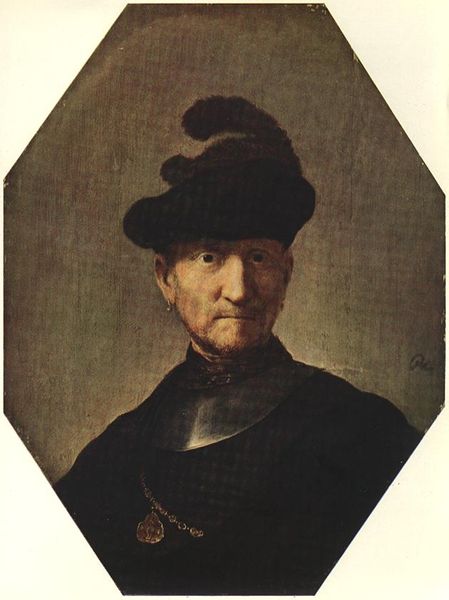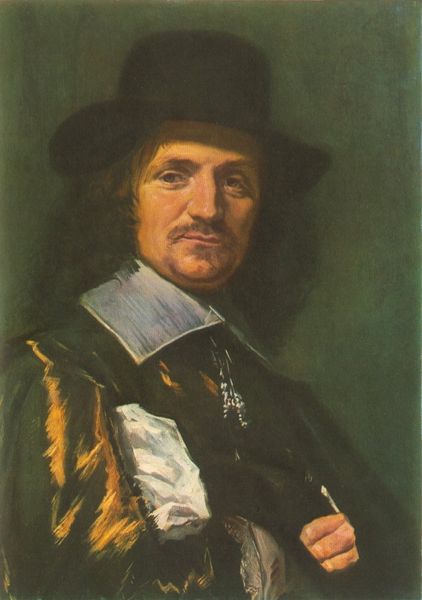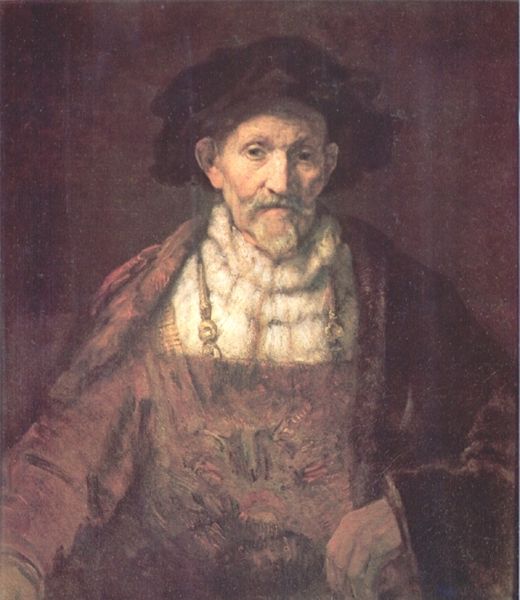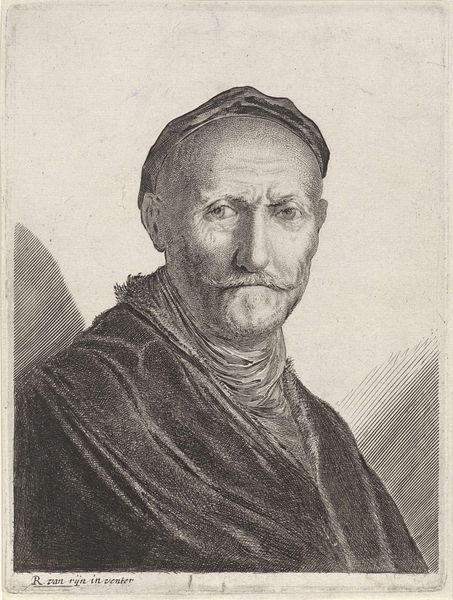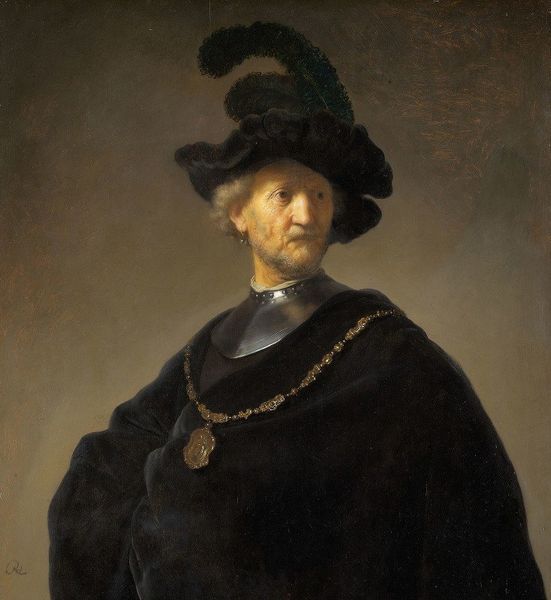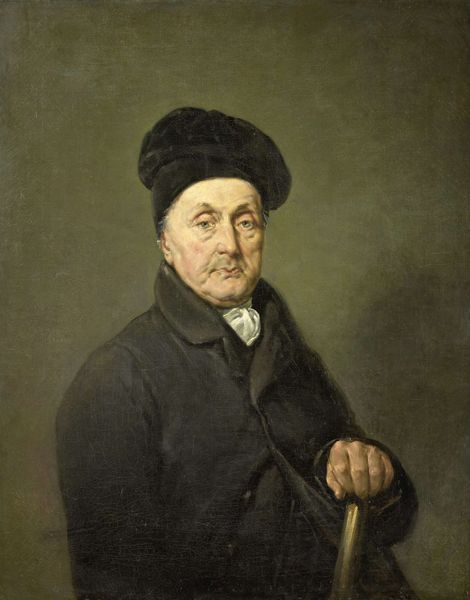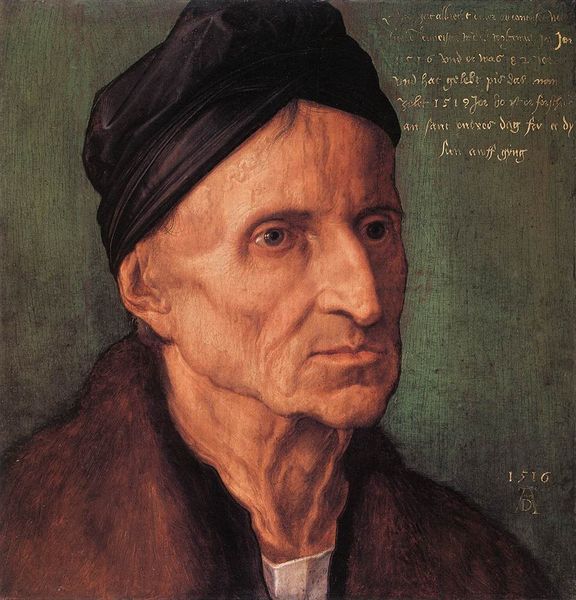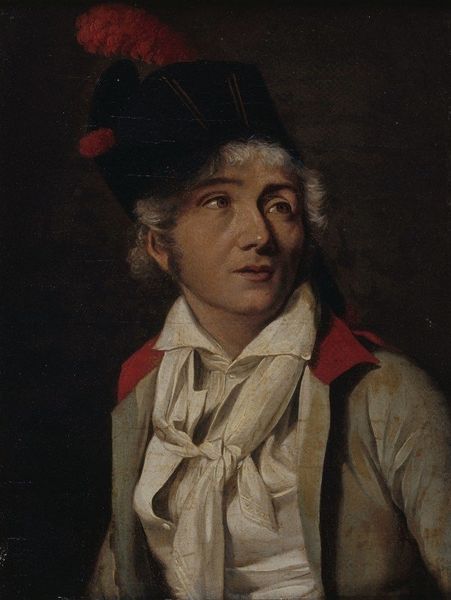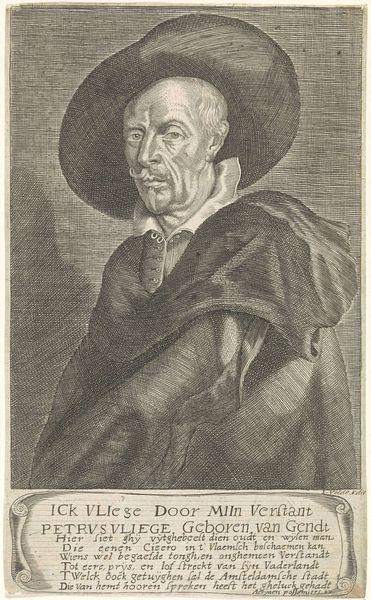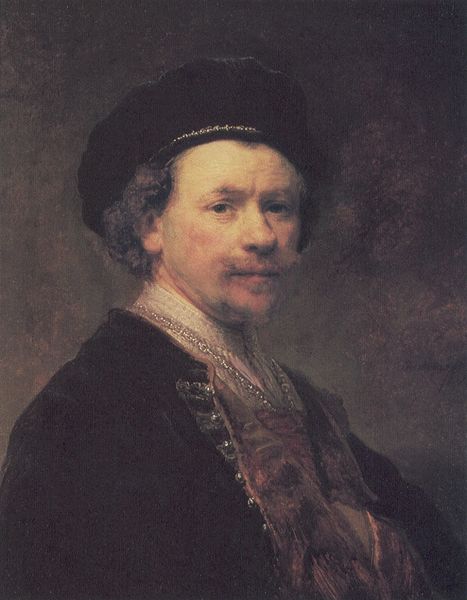
painting, oil-paint
#
portrait
#
figurative
#
self-portrait
#
baroque
#
painting
#
oil-paint
#
portrait subject
#
figuration
#
history-painting
Copyright: Public Domain: Artvee
Curator: Here, we have a compelling portrait entitled "Man in Armour," attributed to Rembrandt van Rijn. It's an oil painting, presented in the Baroque style. What’s your immediate reaction? Editor: The first thing that strikes me is the sheen of the armor. It contrasts beautifully with the aged face. There's an evident tension between protection and vulnerability—all rendered with incredible sensitivity. Curator: Precisely. Consider the formal construction. Rembrandt uses light to sculpt the face, drawing attention to the sitter’s gaze. The high contrast between the luminous skin and the darkened armour creates a dramatic interplay. Editor: It makes me wonder about the creation of that armor—the hours of labor by the smith. This armor signifies status, but at its core, it’s raw material hammered and shaped by hand, meant for protection. How does that artisanal labor speak to the finished, elevated status of the artwork itself? Curator: Interesting angle. Through compositional choices and rendering, Rembrandt directs our attention to the psychological depth of the individual, seemingly removed from the toil behind the military apparatus. The composition evokes power but it seems almost as if it is undermining this authority. Editor: Absolutely. The armour hints at societal expectations and constraints—but also at the access to precious metal and crafting expertise needed to realize such a piece. Its placement within a larger socioeconomic context adds complexity. What might the labour cost be compared to the potential value that it might earn in portrait sales? Curator: Indeed. His gaze draws us in, as if inviting a moment of intimate understanding. It speaks to the artist's masterful ability to suggest inner thoughts through external representation. Editor: And for me, seeing the material quality makes me see its real cost and wonder who did it, what tools did they use, where did they work, and why were they asked to spend so long in this creation? Curator: An entirely valid perspective. Each viewer's subjective analysis adds layers of understanding and insight, allowing them to consider how we perceive identity through social and aesthetic constructs. Editor: It prompts consideration for the entire manufacturing process, too. The materials used in oil paints, sourced from far and wide. A complete picture needs considering to get full value from this masterpiece. Curator: Perhaps this dialogue will provide our audience with deeper levels of meaning, recognizing its powerful ability to make lasting impressions on us. Editor: Hopefully that will provide our visitors with more ideas for thinking about the subject of artistic creation, material wealth, and societal roles.
Comments
No comments
Be the first to comment and join the conversation on the ultimate creative platform.
